it is represented in the image of Francis I's salamander with a profusion of minute details in the carving:
the flaming mouth, the dragon's head, the spine, the tail also appearing inflamed, the meticulously worked fur.
the attitude recalls that of dragons and the imagery of the renaissance where salamanders were believed to have magical powers.
it is entirely in the spirit of the renaissance and renewal of the Gothic movement specific to the work of Viollet-Le-Duc.
excellent condition and beautiful silver metallic patina. it is installed on a beautiful original stepped terrace bearing a Philippi signature and a date Paris 1890.
The neo-Gothic style, appearing mainly in the 18th century and reaching its peak in the 19th century, was a romantic reinterpretation of medieval architecture European.
inspired by Gothic cathedrals, this style is characterized by pointed arches, slender spiers and ornate details.
Chimeras, representing fantastical and mythical creatures, were often incorporated into the decoration of neo-Gothic buildings, adding a touch of mystery and the supernatural to these imposing structures.
Their presence evoked a link with the medieval past while nourishing the imagination of contemporaries, creating a nostalgic and dreamlike atmosphere.
The salamander is an emblematic animal of this movement not only by the symbolism around François I but also by its magical character and the powers which were conferred on it close to dragons.
a rare and superb quality bronze.
dimensions:
19 cm long by 7.5 cm wide on the terrace and approximately 12 cm high.
we deliver and ship all over the world, please contact us for an accurate quote.










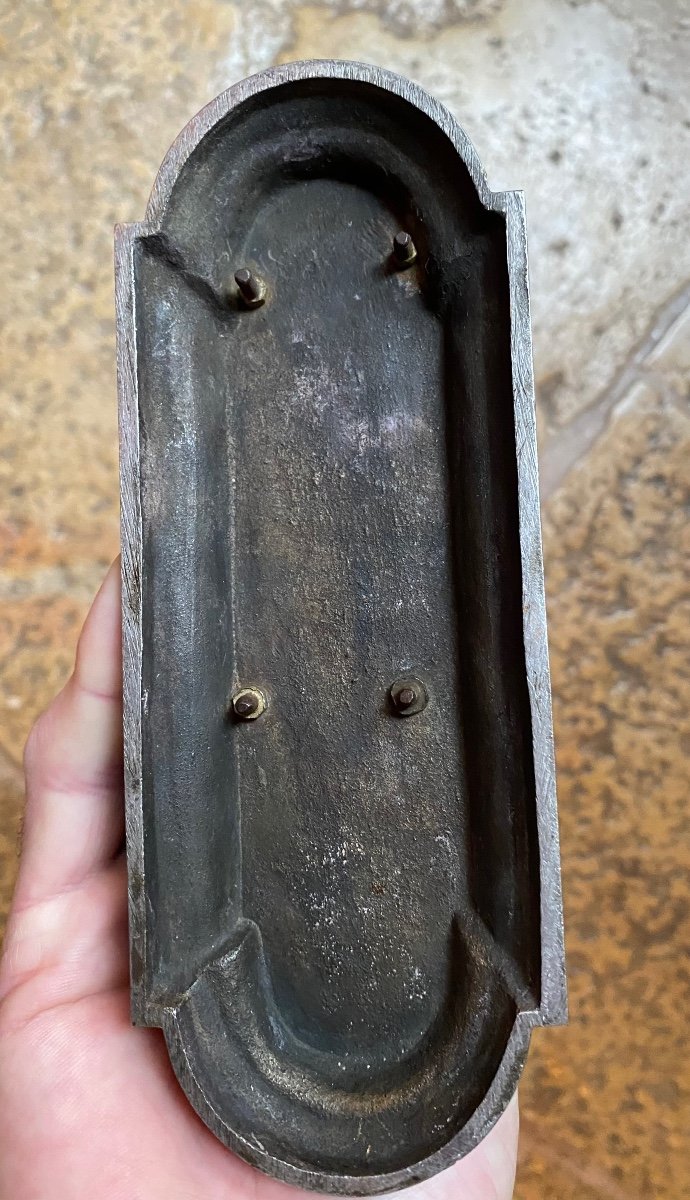



















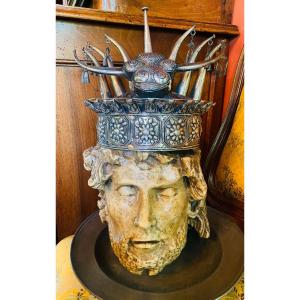

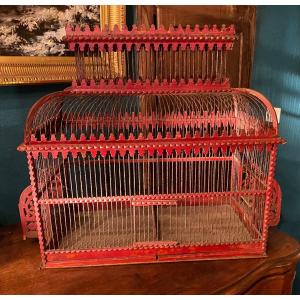
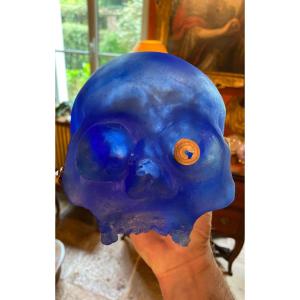
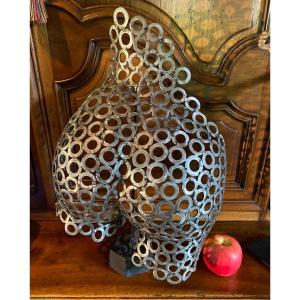





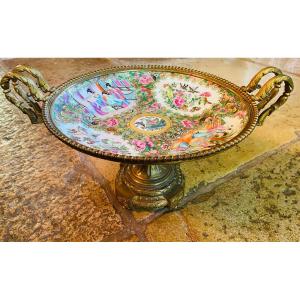

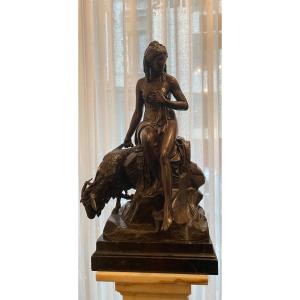







 Le Magazine de PROANTIC
Le Magazine de PROANTIC TRÉSORS Magazine
TRÉSORS Magazine Rivista Artiquariato
Rivista Artiquariato